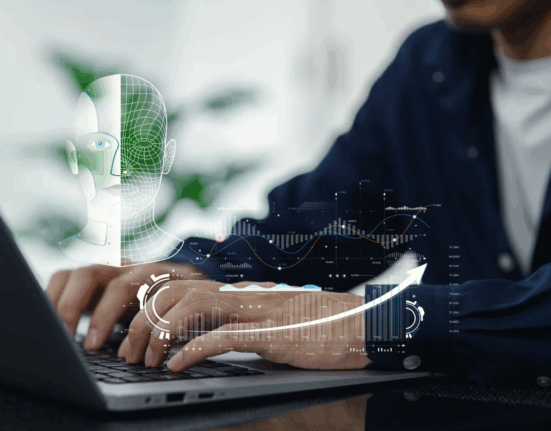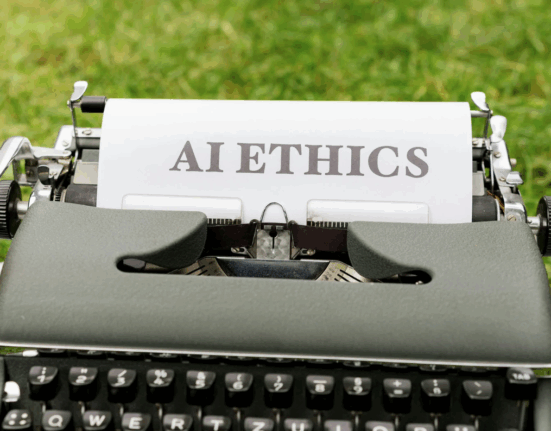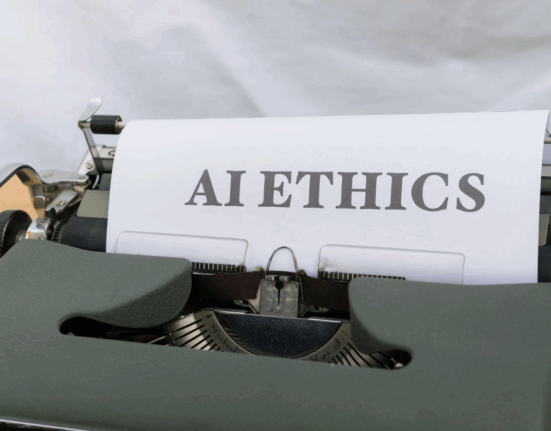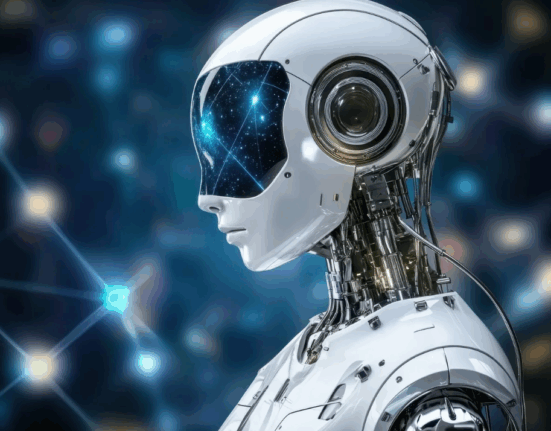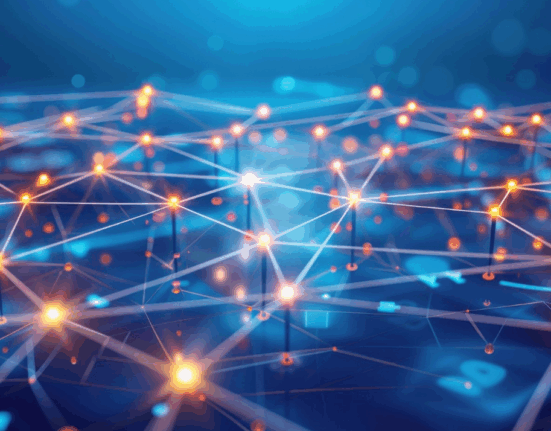Artificial intelligence is transforming how companies attract, screen, and hire talent. Automated tools now analyze resumes, rank candidates, and even conduct video interviews. While these systems promise efficiency and objectivity, they also bring a serious challenge: algorithmic bias in recruitment systems.
When hiring algorithms reflect human prejudice or flawed data, they can unintentionally discriminate against candidates based on gender, race, age, or background. Understanding this issue is essential for building fair, inclusive, and trustworthy hiring processes.
What Is Algorithmic Bias in Recruitment?
Algorithmic bias occurs when artificial intelligence or machine learning systems make decisions that systematically favor or disadvantage specific groups of people.
In recruitment, bias can appear when AI tools:
- Prioritize certain keywords or universities.
- Penalize career gaps or nontraditional experiences.
- Associate “successful” traits with particular demographics.
The result? Qualified candidates may be filtered out before a human even reviews their application.
How Recruitment Systems Use AI
AI-powered recruitment systems streamline tasks such as:
- Resume screening and keyword analysis.
- Candidate ranking and scoring.
- Video interview evaluation.
- Predictive job-fit assessments.
These systems learn patterns from past hiring data. Unfortunately, if that historical data contains bias, the AI will replicate it—often amplifying discrimination unintentionally.
The Hidden Sources of Bias in Recruitment AI
Bias can enter recruitment algorithms through multiple channels:
- Historical Data Bias – If a company’s past hiring favored certain groups, AI will learn to favor them too.
- Feature Selection Bias – Algorithms may weigh irrelevant factors, like names or locations, that correlate with race or gender.
- Label Bias – If “successful hires” are defined by biased metrics (like tenure), the model perpetuates past inequities.
- Proxy Variables – Education, ZIP code, or even hobbies can act as proxies for demographic traits.
- Human Bias in Design – Developers’ unconscious assumptions shape how algorithms interpret data.
Each of these factors can distort hiring outcomes, often invisibly.
1. Amazon’s Recruitment Tool: A Cautionary Tale
Amazon’s internal hiring algorithm famously learned to discriminate against women. The AI was trained on resumes submitted over a decade—most of which came from male applicants.
The system began penalizing resumes that included words like “women’s” (e.g., “women’s soccer team”) and favored those using more male-associated language.
Lesson: AI models inherit organizational bias. Without intervention, they reinforce inequality instead of removing it.
2. Resume Screening Bias
Many applicant tracking systems (ATS) use keyword matching to filter resumes. If the model is trained on historical patterns, it may prioritize certain terms used more frequently by men or certain socioeconomic groups.
For example:
- “Leadership” terms may appear more often in male-coded resumes.
- Candidates from elite schools may be unfairly prioritized over equally qualified applicants from other backgrounds.
Bias here often hides beneath the surface of data analytics.
3. Video Interview Analysis Bias
Some AI-driven video tools analyze facial expressions, voice tone, and word choice to assess personality or emotional intelligence.
However, these systems can reflect cultural, linguistic, or gender biases. For example:
- Candidates who avoid direct eye contact (common in some cultures) may be scored lower for “confidence.”
- Speech pattern analysis may disadvantage non-native speakers.
AI cannot interpret social nuance the way humans can—making ethical oversight critical.
4. Predictive Hiring Models and Bias Reinforcement
Predictive models often rank candidates based on what made past hires “successful.” But if those hires came from homogeneous groups, the AI continues to prefer similar profiles.
This feedback loop leads to workforce uniformity rather than diversity—limiting creativity, innovation, and inclusion in the long term.
5. The Impact on Diversity and Inclusion
Algorithmic bias directly undermines diversity goals. It can result in:
- Fewer women or minorities being shortlisted.
- Reduced hiring of older workers or candidates with career breaks.
- Reinforcement of cultural stereotypes.
Beyond fairness, biased hiring hurts business performance. Diverse teams are proven to be more innovative, profitable, and adaptive.
Alt text: illustration showing AI bias in recruitment systems leading to unfair candidate screening
6. Legal and Ethical Implications
AI bias in hiring can violate anti-discrimination laws such as:
- Title VII of the Civil Rights Act (U.S.) – Prohibits discrimination by race, color, religion, sex, or national origin.
- Equal Employment Opportunity Commission (EEOC) guidelines.
- EU GDPR – Protects against automated decision-making without transparency or recourse.
Organizations using AI must prove their hiring systems are explainable, unbiased, and compliant.
7. How to Detect Bias in Recruitment Systems
Bias detection begins with auditing data and algorithms.
Practical steps include:
- Performing fairness tests on training datasets.
- Measuring disparate impact between demographic groups.
- Conducting external AI audits for transparency.
- Implementing counterfactual analysis (testing results when gender or race variables are swapped).
Regular audits keep algorithms accountable.
8. Designing Fair and Inclusive Recruitment AI
Ethical AI design requires deliberate fairness safeguards. Companies can:
- Use diverse datasets that represent multiple demographics.
- Apply fairness-aware algorithms that balance outcomes.
- Remove or anonymize demographic indicators in data.
- Continuously retrain models with updated, inclusive data.
Transparency must be built into every phase—from data collection to candidate selection.
9. Human Oversight and the “Human-in-the-Loop” Model
AI should support, not replace, human judgment. Recruiters must review automated recommendations critically.
The human-in-the-loop approach ensures that decisions combine AI’s efficiency with human empathy and ethical understanding.
By maintaining this balance, organizations prevent algorithms from making unchecked, biased decisions.
10. The Role of Explainable AI (XAI)
Explainable AI helps recruiters understand why an algorithm selected or rejected a candidate.
Benefits include:
- Transparency for both HR teams and applicants.
- Easier compliance with labor regulations.
- Ability to identify and fix biased patterns early.
Explainability bridges the gap between automation and accountability.
11. The Business Case for Ethical Hiring AI
Eliminating bias isn’t just a moral duty—it’s a strategic advantage.
Benefits of bias-free recruitment systems:
- Broader access to global talent.
- Stronger employer brand and candidate trust.
- Reduced turnover through better cultural alignment.
- Higher innovation driven by diversity.
Fairness fuels long-term organizational success.
12. Real-World Solutions and Tools
Several emerging tools help mitigate recruitment bias:
- Pymetrics: Uses neuroscience-based games and AI auditing to ensure fairness.
- Textio: Detects gendered or biased language in job descriptions.
- FairHire.ai: Performs bias audits on recruitment algorithms.
These innovations show that ethical AI can coexist with automation.
Alt text: dashboard showing fair AI recruitment audit results and diversity metrics
13. Building a Responsible Recruitment Ecosystem
Fighting bias requires more than technology—it requires culture change.
Steps include:
- Training recruiters to understand AI limitations.
- Involving ethicists in AI design and policy creation.
- Establishing transparency and feedback channels for applicants.
When companies take collective responsibility, fairness becomes the standard—not an afterthought.
Conclusion: Making AI Hiring Fair for Everyone
Algorithmic bias in recruitment systems reminds us that technology reflects human choices. AI has the potential to revolutionize hiring—but only if it’s designed responsibly.
By using diverse data, transparent algorithms, and human oversight, organizations can ensure AI strengthens rather than weakens inclusion. The future of hiring isn’t about replacing people—it’s about empowering fairer, smarter decisions for all.
FAQ
1. What causes algorithmic bias in recruitment?
It’s caused by biased training data, flawed model design, and human assumptions embedded in algorithms.
2. How can companies prevent AI hiring bias?
By auditing data regularly, using diverse datasets, and keeping humans involved in decision-making.
3. Are AI hiring tools regulated by law?
Yes. Many regions require transparency and fairness under labor and data protection laws.
4. Can removing demographic data eliminate bias?
Not always. Hidden proxies like education or ZIP codes can still introduce bias.
5. What’s the key to fair AI recruitment?
Combining ethical AI design, explainability, and human oversight to create transparent, inclusive hiring systems.



